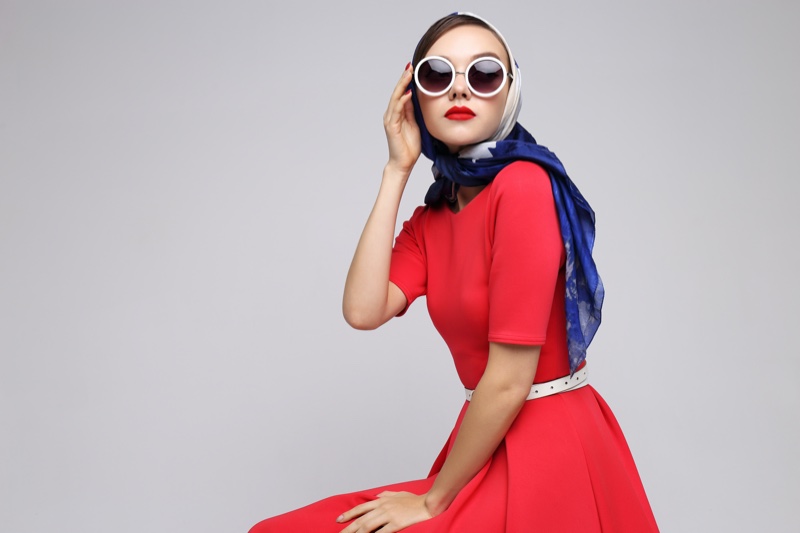
Fashion, through the decades, has been an ever-evolving art form, reflecting the times’ attitudes, beliefs, and lifestyles. From the earliest civilizations, people have used clothing to signify their status, religion, and culture. As societies have evolved, so has fashion, adapting to the changing needs and tastes of the people.
As we journey further into the future, it is thrilling to imagine what fresh and innovative styles and trends will emerge and how they will serve as a reflection of the ever-changing times. The evolution of fashion is an exciting testament to the ever-changing human spirit and the quest for self-expression.
Trends: Fashion Through the Decades
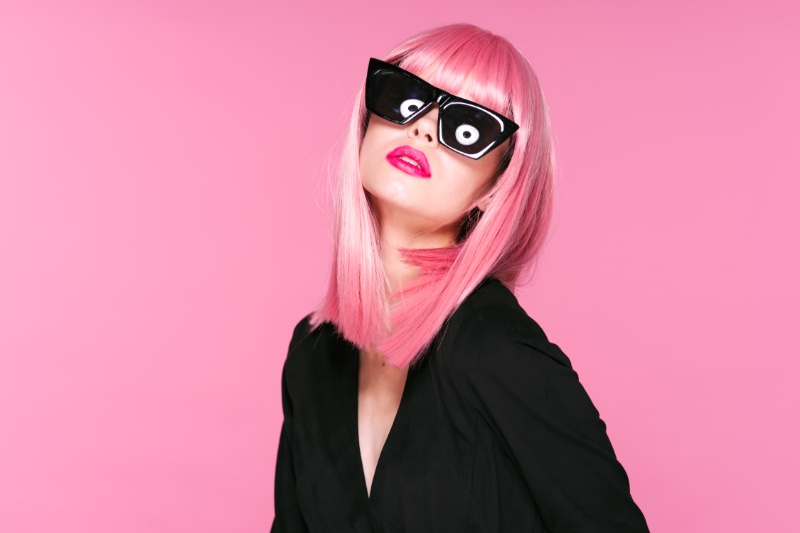
Fashion has brought unique styles and trends, representing a shift in society’s values and priorities. From the flapper dresses of the 1920s to the mini-skirts of the 1960s and the minimalism of the 1990s, each era has had its distinct fashion identity.
In this era of inclusivity, fashion has become an empowering tool, providing women with the means to showcase their special personalities and attitudes. As we move into the 2020s, the emphasis has shifted towards open and accessible clothing, giving women the freedom to express themselves and celebrate their individuality.
Delve into the highlighted fashion trends from various decades presented below to gain inspiration:
The 1920s Flapper Style
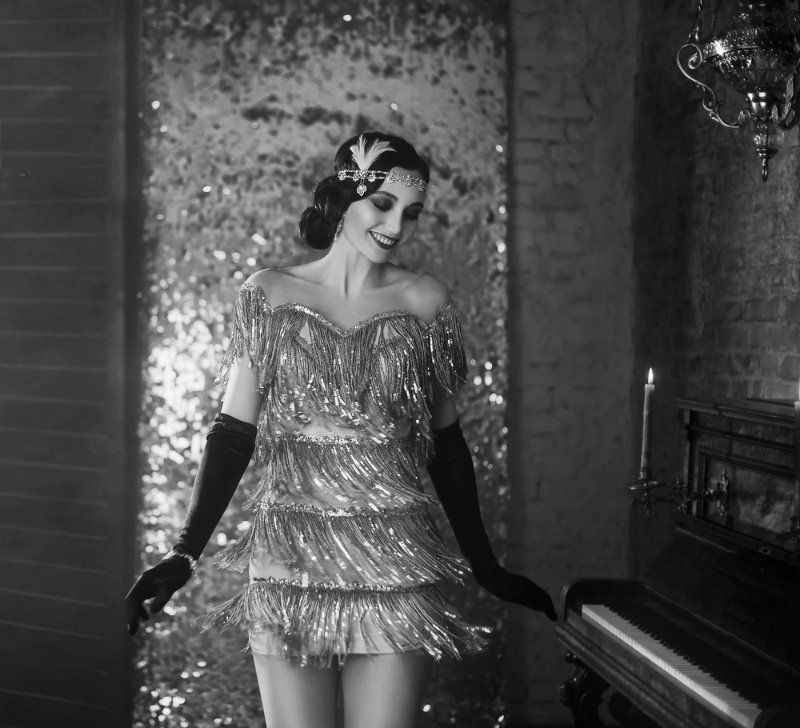
The 1920s, or the Roaring Twenties, marked a significant period of change. After the war, people sought to move away from the rigidity of traditional fashion and embrace a more accessible style. During this time, the flapper dress emerged as the most popular item of clothing.
Lavish embellishments accentuated its loose, drop-waist style, often paired with a simple headband and a short bob haircut. This new fashion symbolized youth taking control and expressing a desire to feel powerful and fabulous.
The 1930s Bias-Cut Gown
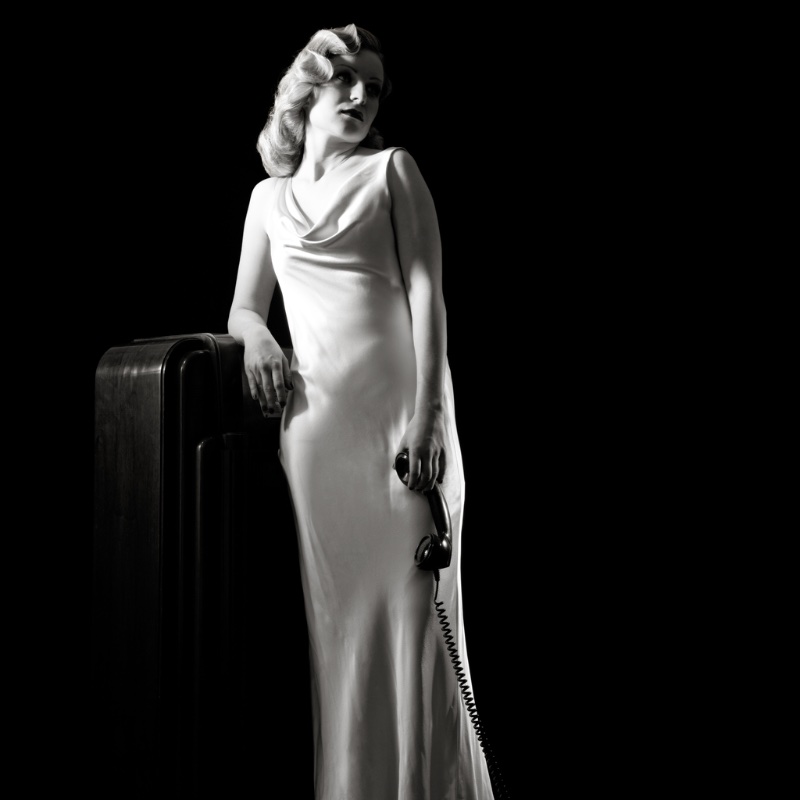
Despite the continued impact of the Great Depression on people’s lives in the 1930s, movies remained a popular form of escapism. The leading actresses of the era mesmerized audiences with their stunning attire, even amid bleak circumstances.
French fashion designer Madeleine Vionnet made waves at the time, dressing starlets in her innovative bias-cut gown. The gown’s forward-thinking design and unique ability to drape over the wearer’s figure were notable features that helped solidify its status as a fashion classic.
The 1940s Bikinis
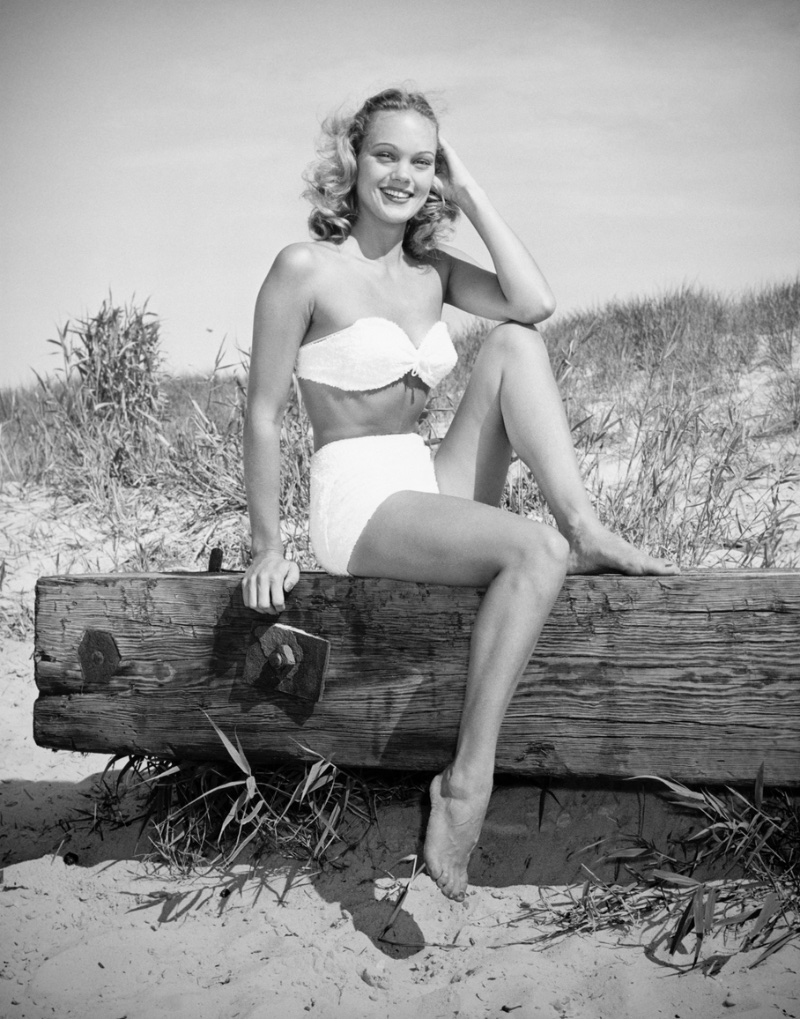
The war had an unexpected impact on fashion with the rise of the two-piece swimsuit due to the United States government’s fabric rationing program starting in 1943. Since then, the bikini has managed to endure and remain popular.
Three years after the fabric rationing program began, French designer Louis Réard introduced the modern bikini. He named it after the site of American nuclear tests and was the first to push the boundaries by cutting it below the belly button.
The 1950s The “New Look”
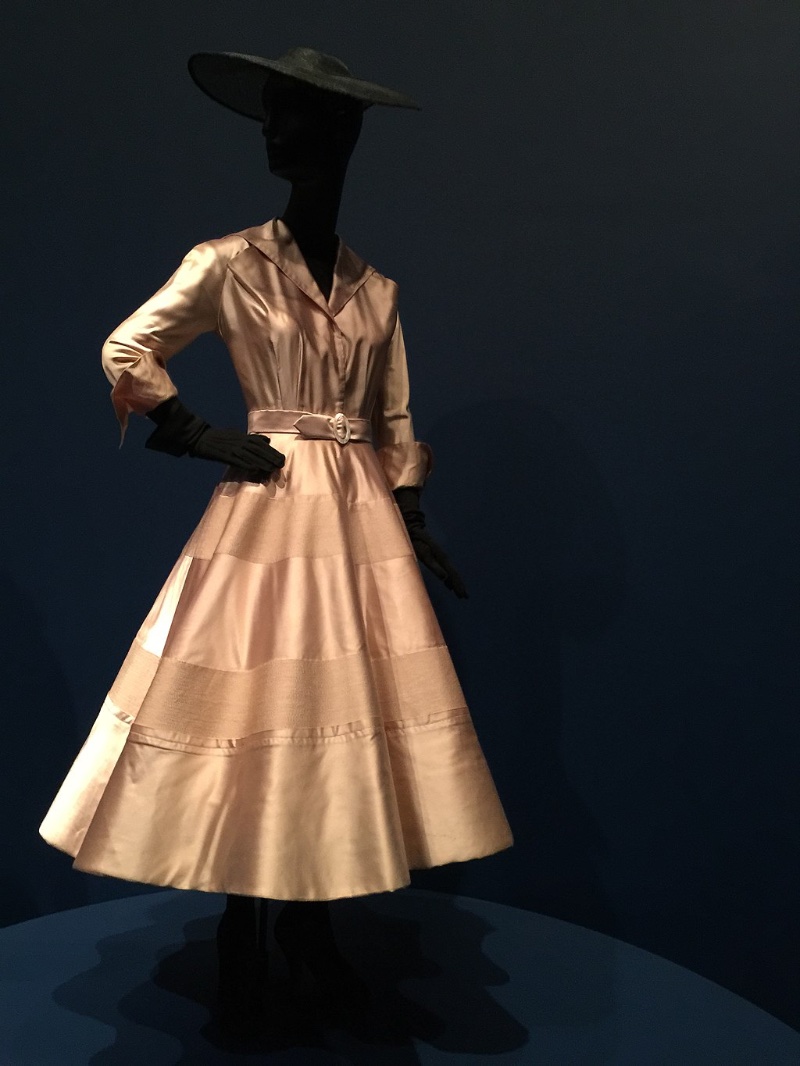
In 1947, Christian Dior introduced the “New Look” to define the fashion of the 1950s. It starkly contrasted with wartime fashion, featuring a smaller waist, structured bust, and opulent, multilayered taffeta skirts. Meanwhile, even the more casual clothing preferred by middle-class women in the United States retained its femininity with cinched-waist dresses, voluminous mid-calf skirts, and coordinating sweater sets.
The 1960s Miniskirt
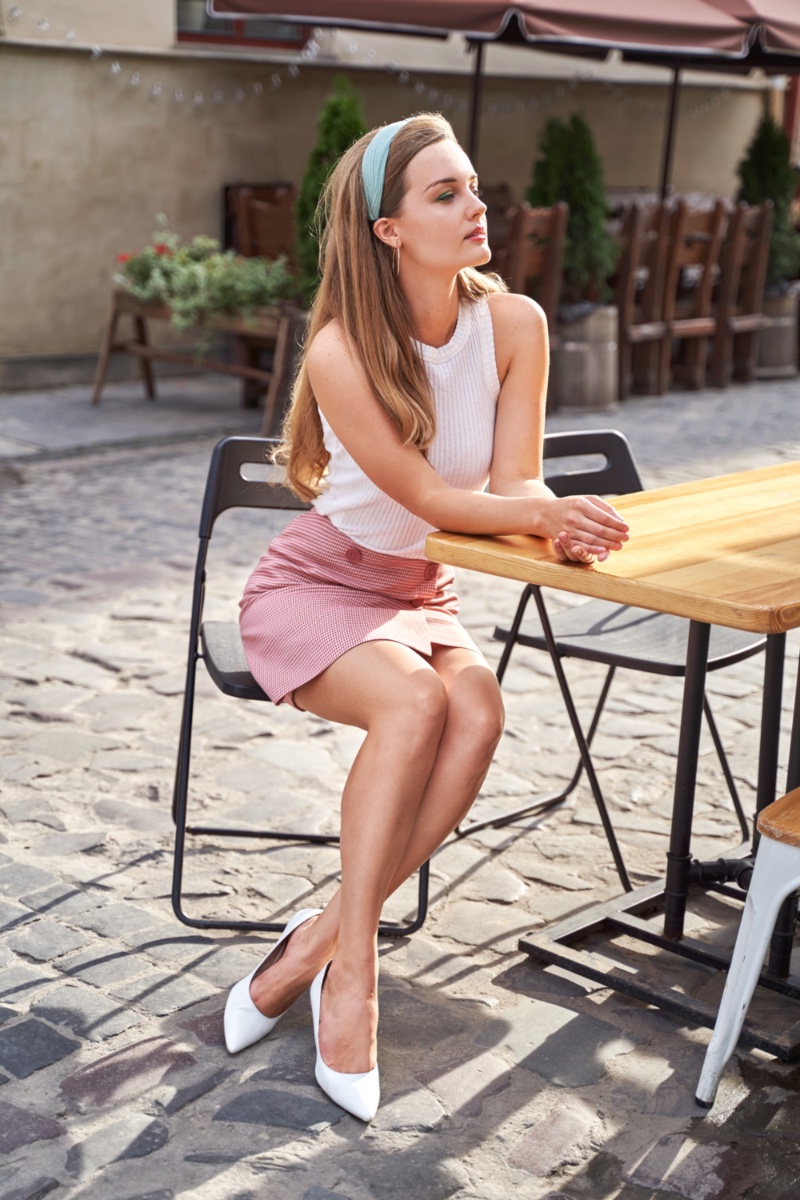
During the 1960s, hemlines continued to rise, with Mary Quant’s Bazaar boutique in London leading the way with miniskirts. “If I didn’t make them short enough, the Chelsea girls, who had wonderful legs, would get out the scissors and shorten the skirts themselves,” Quant explained to the New York Times.
Although some critics opposed the trend at the time, it eventually gained wider acceptance, and their objections faded away. Furthermore, advancements in fabric technology played a role in the popularity of white and silver during the era.
Historian Valérie Guillaume explains that a new type of bleach introduced in the late 1960s enabled André Courrèges to create his signature optic white color.
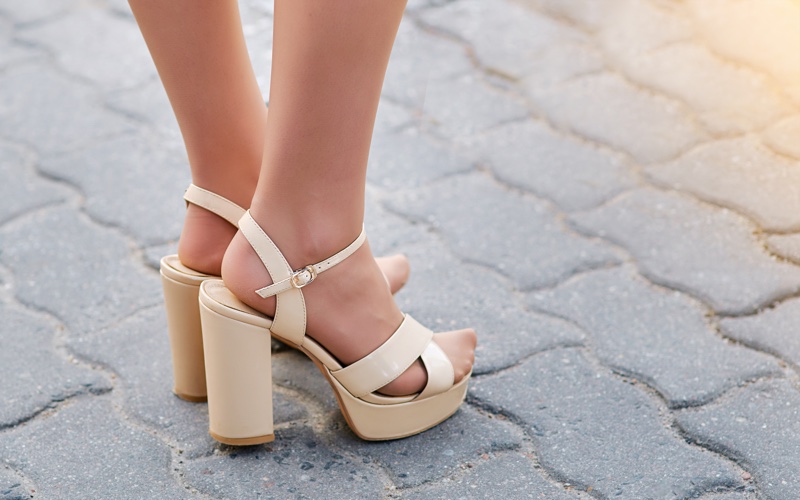
The 1970s Platform Heels
In the 1970s, shortly after disco became the dominant fashion trend, platform heels made their debut, and this style has continued to resurface in popularity over the years. High heels have always been a divisive fashion item; some people love them, and others find them uncomfortable or impractical. However, most tend to adore platform heels universally. They offer extra height without compromising on comfort, making them a popular choice for many.
The 1980s Leggings & Power Suits
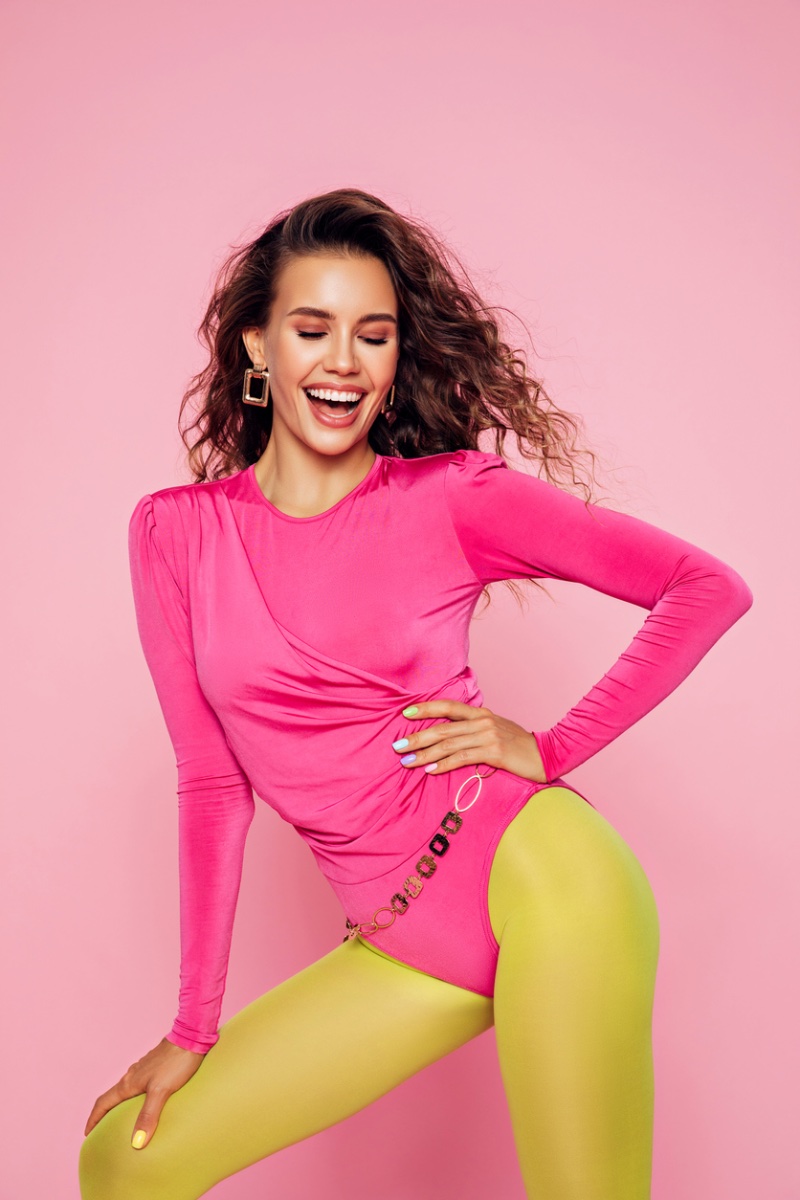
Leggings became a widespread fashion trend during the 1980s, partly due to the meteoric rise in the popularity of aerobics. Pairing leggings with a baggy sweater was a popular fashion statement then, and this trend continues to be fashionable.
In addition to leggings, power suits were a notable fashion highlight of the 1980s. These broad-shouldered and self-assured suits quickly became a must-have for the modern corporate workplace. Today, suits remain an essential fashion item for men and women, offering style, sophistication, adaptability, and a bold fashion statement when well-fitted.
The 1990s Minimalism
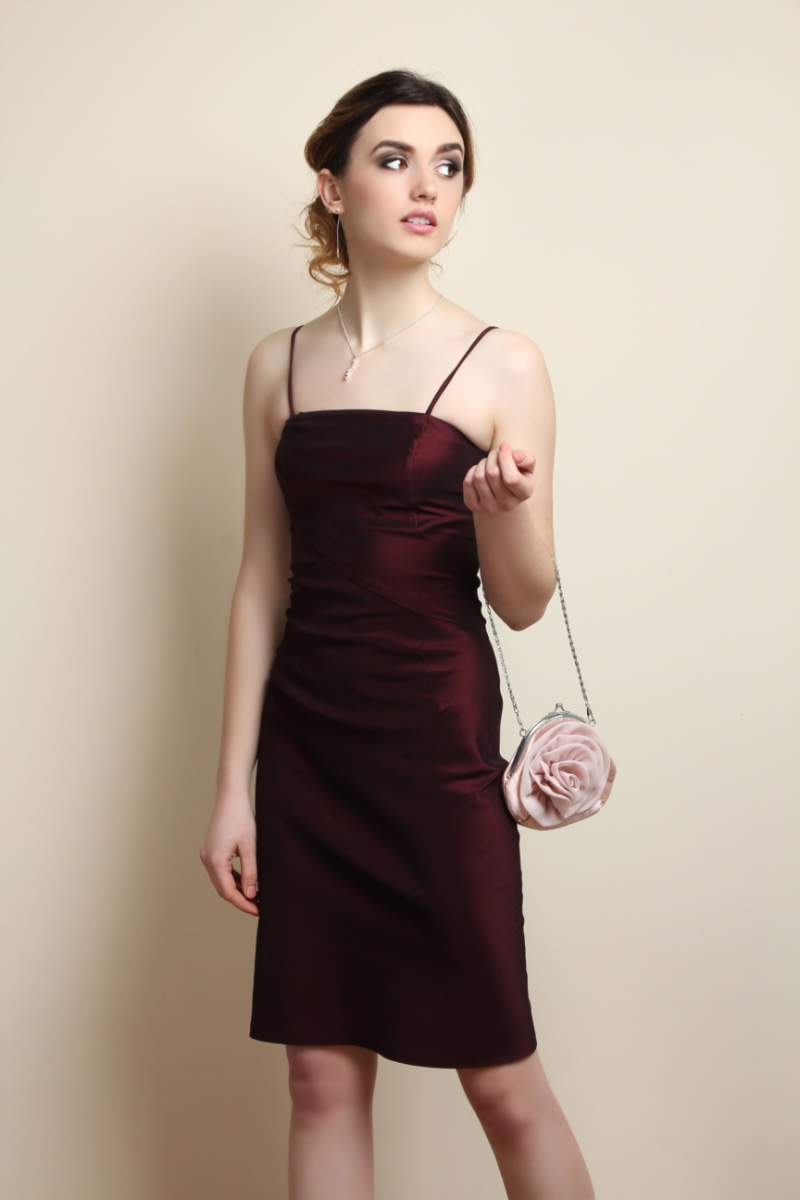
The 1990s was a decade of great fashion, with low-rise jeans, eye-catching outerwear like maroon leather jackets and animal-print dresses, sheer fabrics, slip dresses, and chokers among the most popular trends. In contrast to the 1970s and 1980s, the 1990s embraced minimalism. Although 1990s fashion was simple, it made a lasting impression and continues to inspire retro styles.
The 2000s Tracksuits
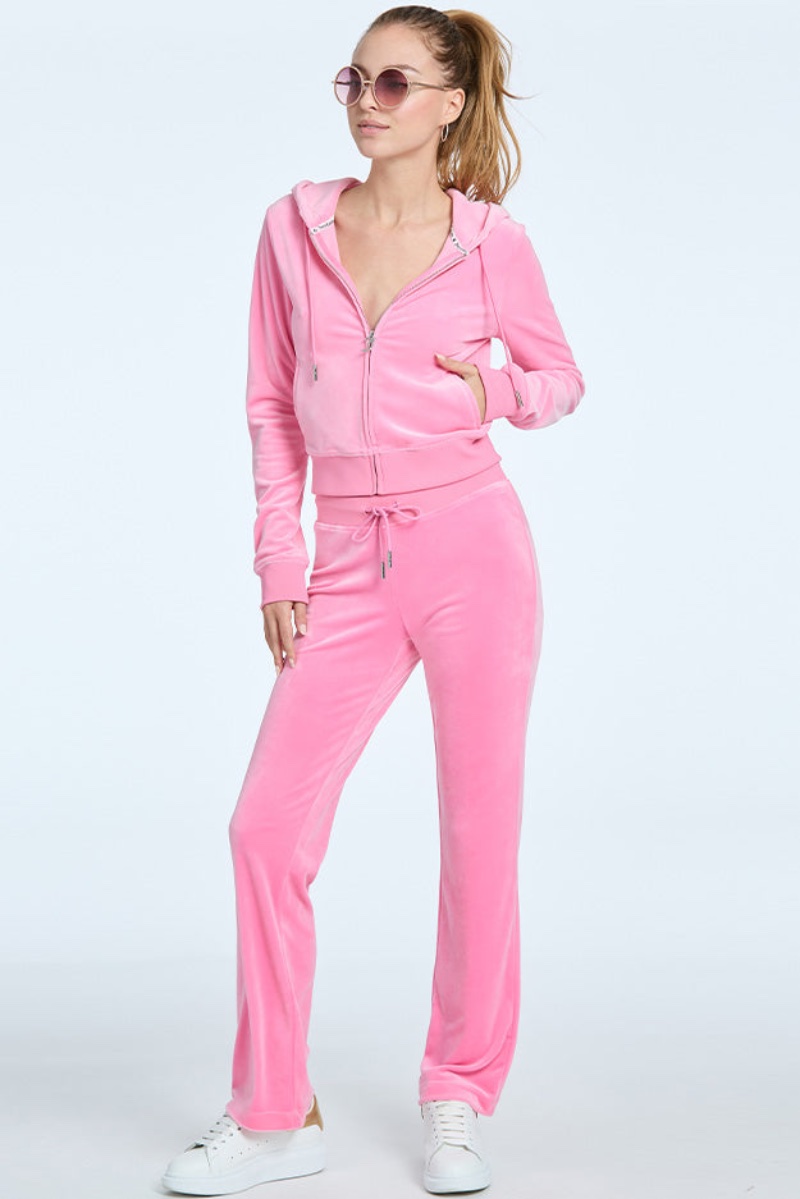
During the 2000s, women’s fashion returned to its traditionally feminine aesthetic, with denim miniskirts, halter tops, low-rise jeans, and capri pants becoming ubiquitous. The era became known as the “mash-up decade,” with designers drawing inspiration from various historical periods.
Tracksuits were a ubiquitous fashion item during the 2000s. Both men and women favored these matching sets of zip-up jackets and drawstring pants for their comfort and versatility. They became streetwear staples, and designers offered them various colors and materials, from classic cotton to shiny polyester.
Celebrities and musicians helped to popularize the tracksuit trend, with pop stars and rappers sporting flashy, logo-emblazoned tracksuits on stage and in music videos. While the popularity of tracksuits has ebbed and flowed over the years, they continue to be a beloved fashion item, often seen as a nod to the casual, carefree style of the early 2000s.
The 2010s Athleisure
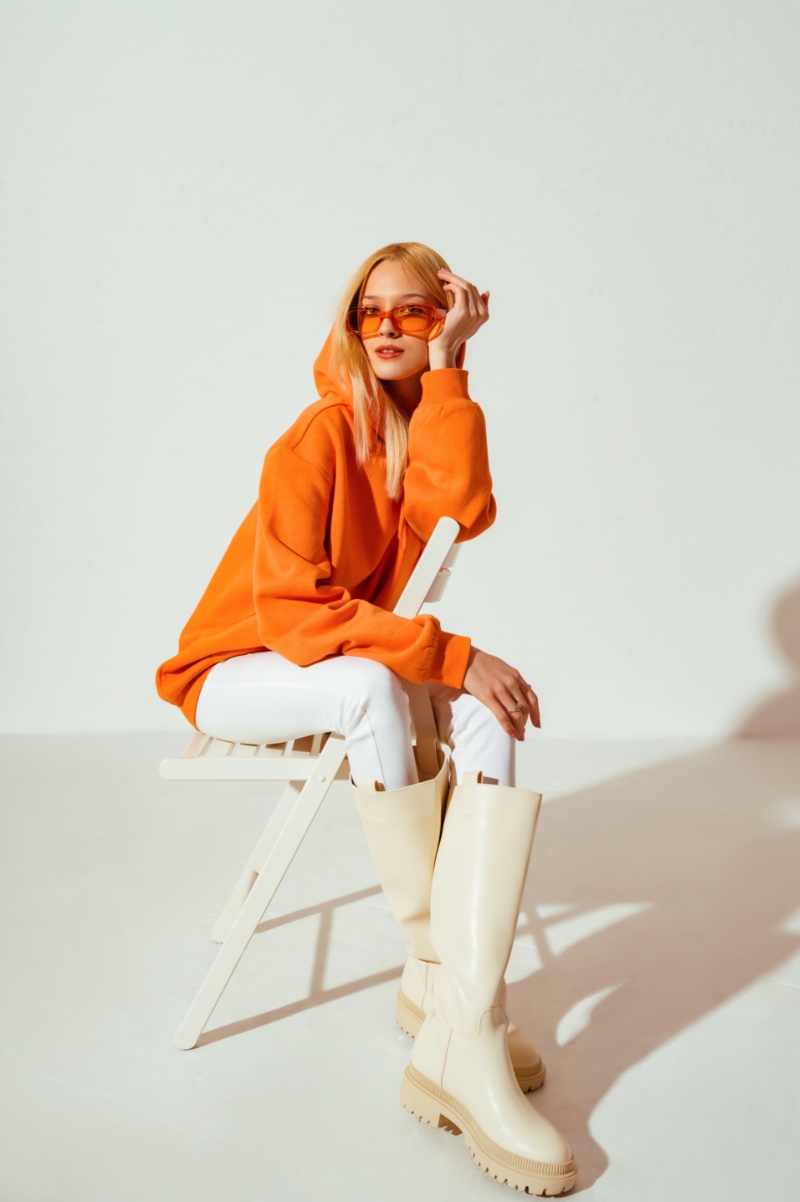
The tracksuit is an example of a clothing style that has endured and even evolved into the popular athleisure trend. While slim jeans were a favored fashion item for their versatile adaptability, comfort is ultimately the top priority for many women.
Athleisure has gained widespread appeal for good reason; it offers a stylish upgrade from typical sweats, with options ranging from leggings to hoodies. These items can surprise you with their incredible fashion potential.
The 2020s Open & Accessible Clothes
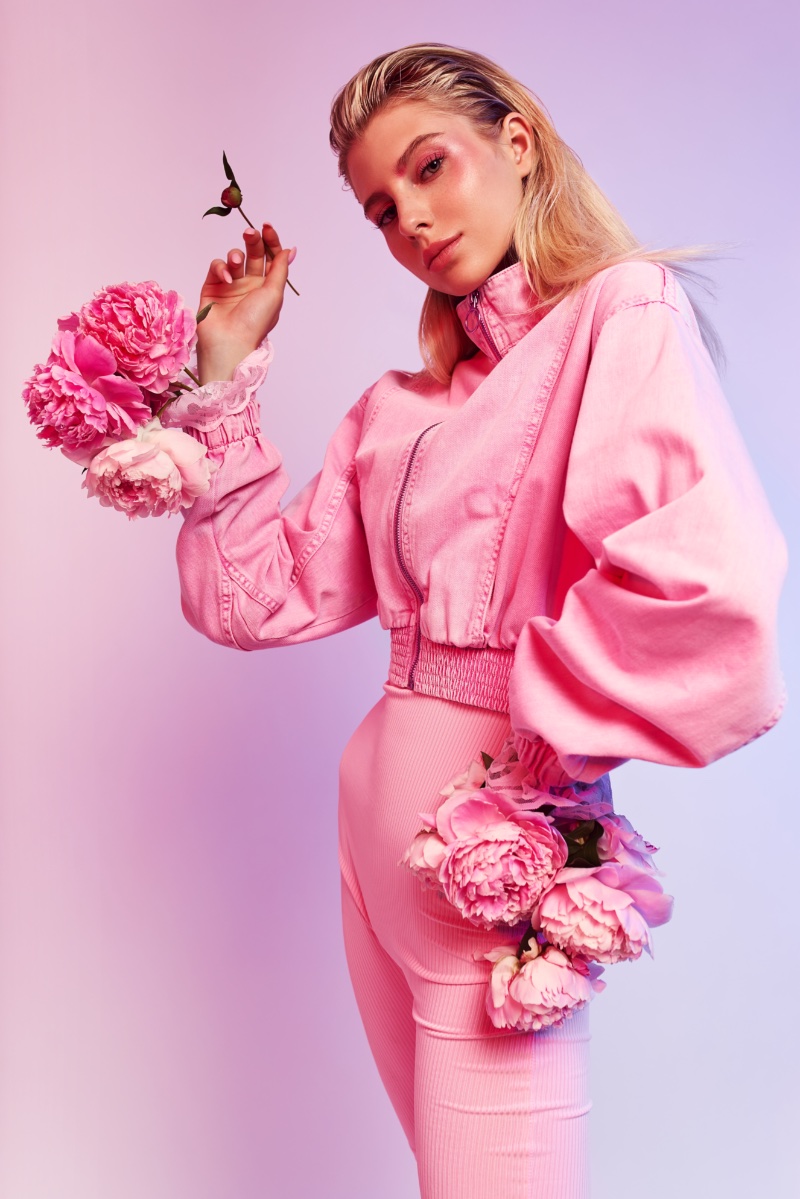
The 2020s mark an era of freedom and self-expression for women’s fashion, as relaxed norms allowed a more comprehensive range of styles to become popular. As of 2023, women are increasingly encouraged to wear whatever makes them feel comfortable and confident without adhering to traditional gender roles or societal expectations.
Modern styles and trends continue to draw inspiration from retro looks, creating an eclectic mix of old and new. Dressing up has become an empowering way to express oneself and celebrate individuality, with women using fashion as a tool to showcase their unique personalities and attitudes.
Whether it’s a vintage-inspired dress or a bold and modern ensemble, women can express themselves in a way that was not always possible in the past. Ultimately, this is an exciting time for women’s fashion as new opportunities for creativity and self-expression emerge.
